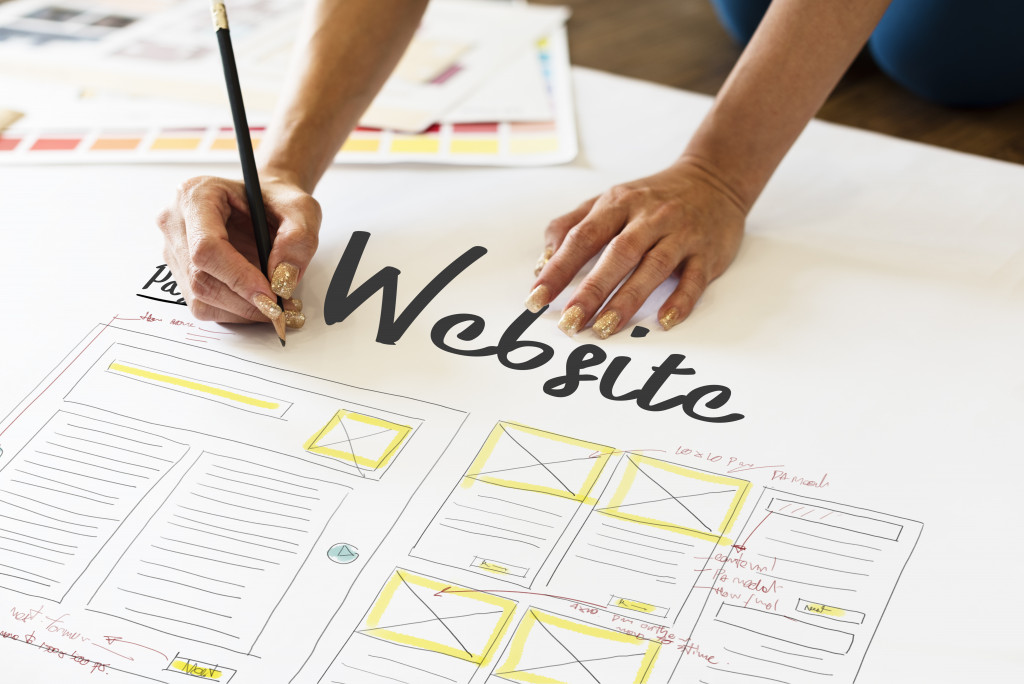Any business that hopes to keep its customers and gain a wider audience—especially during pandemic times—is making investments in the online space. If your company is one such business, then the importance of online presence and digital marketing is not new to you.
Focusing your efforts online doesn’t just give you a leg up among competitors nowadays. It is a must for the survival of your business.
The need for a strong online presence involves having a website that does not just generate a few mindless clicks with no results. Paid search or PPC tools and search engine optimization are some of the best ways to gain significant results, but they should go hand in hand with an effective user interface that any visitor can easily navigate.
What Is User Interface?
The user interface, or UI, is the point of interaction between visitors and your website. A good UI provides the user with an experience that is smooth and intuitive, allowing them to look through a website’s contents with little difficulty.
UI design, on the other hand, is the process in which a designer incorporates design elements into a software, app, or website. It involves the full appearance of the page and how information is presented in it.
Designers need to consider how a person’s senses, namely sight, touch, and hearing, interact with the UI they create to determine its effectiveness. This is because people use a variety of devices to access a website or app, from smartphones to laptops and desktop computers.
Why Does UI Matter So Much for Businesses?
Generally, a good UI simplifies the whole experience for any visitor to your pages. Conversely, a poorly designed UI makes it difficult to understand anything about what a page is trying to showcase.
For businesses, a well-designed UI is so important because it helps your audience easily grasp what products or services you are offering. When your expertise is clearly shown on your website, it does not just pique their interest. It also invites visitors to stay on the page and learn more about what else it offers.
Aesthetics is definitely one factor that affects the interface. Along with it are less obvious considerations, which include website responsiveness, readability, and accessibility.

How Do I Make Sure My Website Has a Good UI?
Keep these practices in mind to ensure that website visitors and app or software users can seamlessly navigate your pages.
1. Keep it simple and uniform.
The best interface is not the flashiest, most complicated one. It is the one that uses necessary elements well to bring content to the forefront.
Aside from simplicity, uniformity is also key for seamless interaction. Have recurring elements to visually connect different tabs and panes. This mainly involves design and layout.
A principle to follow is that when a user visits one page, they must be able to apply the controls they learn on that page to the other parts of your app or website that they visit.
2. Use colors and textures wisely.
Colors are an easy way to draw the attention of a user towards certain bits of information. Harmony is also important, so a good grasp of color theory is essential in choosing the best tones for every element. It helps to have great familiarity with the color wheel and how to choose color combinations with the wheel as your basis.
In addition to color, texture also adds life to a UI by adding character and guiding the eyes of the user. Make sure that the textures you use serve a purpose in the overall design so that it enhances the message you are sending to the user.
3. Good typography takes you far.
Your use of typefaces has a direct effect on the information a user is able to glean from visiting your webpage. Text arrangements, sizes, and kerning should all work with your colors and layouts to relay information to the reader.
When choosing the number of font families to use, remember that one is enough. If you choose to use more, make sure that they are complementary.
4. Keep your target audience in mind.
Finally, the user interface is always designed with an end recipient in mind. Consider what your target market needs when they visit your website or app and simplify how they navigate through how you design the UI.
